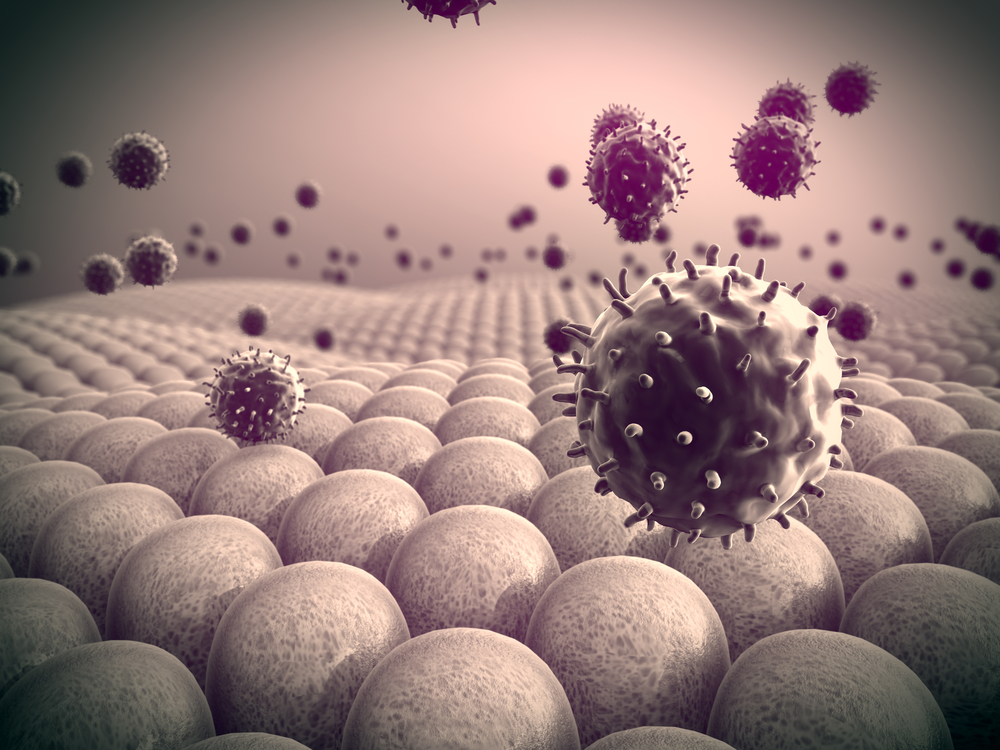Pediatric oncologists from the Children’s Hospital of Philadelphia (CHOP) have investigated techniques to improve and expand a novel personalized cell therapy to treat children with acute lymphoblastic leukemia (ALL) and non-Hodgkin’s lymphoma (NHL).
Scientists believe that the outcome of cancer patients may improve upon the selection of specific T-cell subtypes to target these types of cancers. The research paper, “Early memory phenotypes drive T-cell proliferation in patients with pediatric malignancies,” was published in Science Translational Medicine.
Adoptive T-cell transfer is an immunotherapy strategy in which T-cells extracted from a patient are engineered to recognize and destroy cancer cells. After T-cells are extracted from the blood, researchers genetically introduce potent receptors into the cells to target cancer cells. The T-cells are then re-introduced into the patient’s circulation system and, ideally, travel to the tumor site and kill malignant cells.
This type of engineered T-cell therapy has shown promising results in B-cell malignancies, such as acute lymphoblastic leukemia (ALL) and non-Hodgkin’s lymphoma (NHL), where cancer is treatment-resistant or relapsing. Despite such efficacy, many patients are unable to receive T-cell therapy because their cells fail to expand in vitro (in the lab), an essential part of the process and also a predictor of cell viability in vivo.
To understand the biological and functional differences underlying this process, the researchers followed 38 ALL and 12 NHL child and adolescent patients enrolled in a B-cell cancer clinical trial at the Children’s Hospital of Philadelphia.
The scientists studied immune system makers, T-cell population expansion potential and memory phenotype, characterizing the T-cells once a month for six months following diagnosis. Results revealed that T-cells expanded from earlier lineages — such as naïve T-cells and stem-central memory T-cells — had better expansion profiles in the laboratory and were also the most effective for immunotherapy.
In addition, enrichment of cell culture with interleukin-7 and interleukin-15 rescued T-cell expansion capability and enriched stem-central memory cells in samples from both ALL and NHL patients. Importantly, ALL patients had different mixtures of T-cell subtypes when compared to NHL patients, along with higher numbers of early lineage T-cells, which possess a bigger expansion potential.
“In newly diagnosed patients, it may be preferable to collect their T-cells much earlier than currently done, before chemotherapy, or between chemotherapy cycles, instead of after a patient relapses. We could keep the patient’s early-lineage T-cells in reserve in case the patient needs them later,” senior author David M. Barrett, MD, said in a press release


